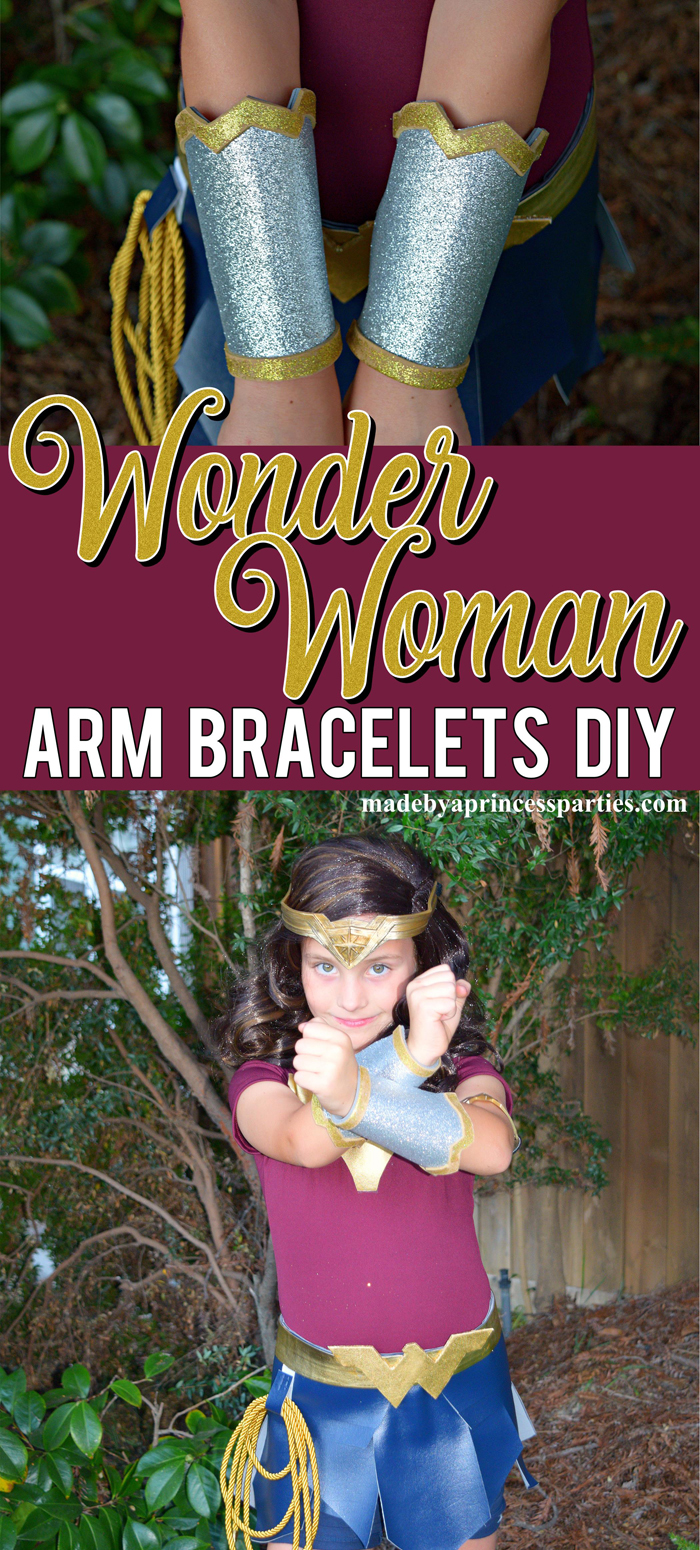

With that inspiring note, this concludes our Folklore Friday series. That’s not even mentioning that the actress Gal Godot, who plays Wonder Woman, was pregnant while filming the action movie! This recognition for a heavily female cast in a blockbuster film directed by a female is empowering. Superman was released and word got out that Wonder Woman was a character, there was outcry-why did only the two men receive the title billing? Now, she has her own film, which is listed as #1 in 2017’s box office to date. Though female fighters have pervaded through hi story, often as a minority, the film Wonder Woman has become a feminist signpost: when Batman v. The West African kingdom of Dahomey had female-only fighting corps arguably as early as the 1720s. Mulan may be a Disney movie, but the character appears in a Chinese ballad. Joan of Arc (French fighter, leader, and martyr), Queen Boudicca (widowed warrior queen of the Celts), and Nakano Takeko (rare female samuri) each appear in history and legend. The Amazons are by no means the only fighting women of history or folklore.

Homer mentions the Amazons in The Iliad when King Priam of Troy recounts a battle he’d seen, but other iterations of the Trojan War describe the Amazons actively involved: Queen Penthesilea (who accidentally killed her sister Hippolyta) fights for the Trojans until Achilles kills her-then he falls in love with her dead body. Herotodus wrote about the Amazons, who were “slayers of men” eventually tamed (and married) by the Scythian tribe. Whether they were real has often been disputed, but it seems likely. In a post-New 52 story, she was shot and wounded by a sniper without super-special equipment. While details of the tribe may differ, the Amazons were present in ancient Greek mythology. Answer (1 of 4): This is an interesting question, because Wonder Woman’s invulnerability is all over the map. Of course, Amazons aren’t solely out of the comic book world.
#Bulletproof bracelets and a magic lasso series
In 1942, her own comic series launched, in which she could wield her magic lasso and bulletproof bracelets for the forces of good.

Going through her history however, shows that she depicts a complicated heroine who is more than just a female comic book character. In the comic, she takes on both the “feminine” and “masculine” roles: she falls in love then proves her prowess in battle. 1195 Words 5 Pages Open Document Armed with her bulletproof bracelets and magic lasso, Wonder Woman is a popular icon of female strength in a universe of male superheroes. She’s the daughter of Queen Hippolyta of the Amazons, who live on the female-populated island Themyscira. If you’re not familiar with Wonder Woman aside from oblique cultural references, she first made her appearance in All-Star Comics #8 in 1941.


 0 kommentar(er)
0 kommentar(er)
